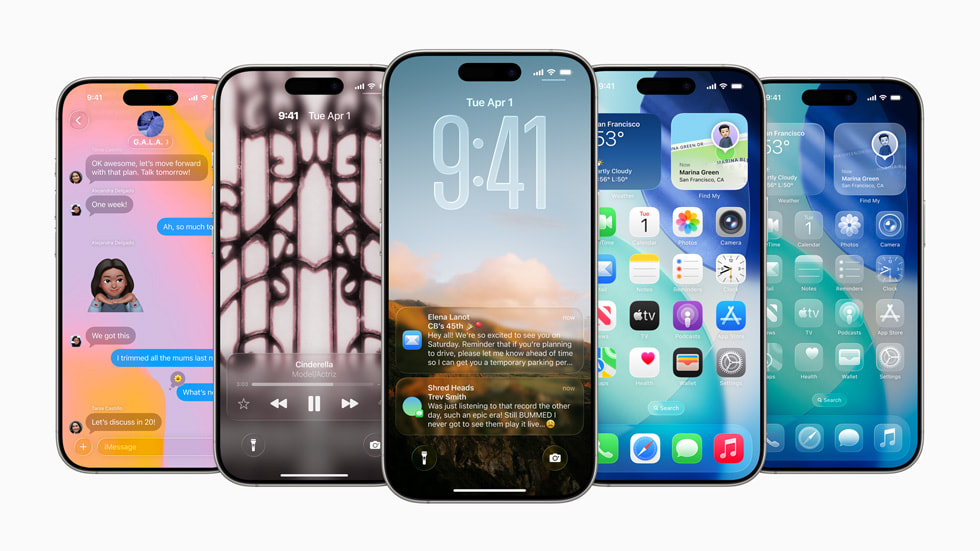The financial world is constantly evolving, and with it, the demand for sophisticated, secure, and lightning-fast financial mobile applications. From mobile banking and investment platforms to payment gateways and cryptocurrency wallets, fintech apps are at the forefront of this digital transformation. But what’s the secret sauce behind building an app that can handle sensitive data, scale to millions of users, and provide a seamless experience?
Enter Flutter.
Google’s UI toolkit has been rapidly gaining traction across various industries, and fintech is no exception. While some might initially be hesitant about a relatively newer framework for such a critical sector, Flutter’s unique advantages make it an incredibly compelling choice for financial technology companies.
Let’s dive into why Flutter is becoming the go-to framework for building the next generation of fintech apps:
1. Security at its Core: Protecting What Matters Most
In fintech, security isn’t just a feature; it’s the foundation upon which trust is built. Flutter offers several inherent advantages that contribute to a robust security posture:
- Dart’s Strong Typing: Flutter’s language, Dart, is strongly typed, which helps catch many common programming errors at compile-time rather than runtime. This reduces the likelihood of vulnerabilities stemming from type mismatches.
- Ahead-of-Time (AOT) Compilation: Flutter apps are compiled to native machine code, making them less susceptible to reverse engineering and tampering compared to interpreted languages.
- Platform-Specific Security Features: Flutter seamlessly integrates with native platform security features, such as biometric authentication (fingerprint/face ID), secure key storage, and hardware-backed encryption. This allows developers to leverage the highest level of security offered by the underlying operating system.
- Open-Source Transparency (with Caution): While open-source, the transparency of Flutter’s codebase allows for community scrutiny, which can help identify and address potential vulnerabilities faster. However, it’s crucial for fintech companies to ensure their own code is robust and follows best practices.
2. Scalability for Explosive Growth: Ready for the Future
Fintech companies often experience rapid growth, and their applications need to be able to handle an ever-increasing number of users and transactions without breaking a sweat. Flutter’s architecture is inherently designed for scalability:
- Cross-Platform Efficiency: With a single codebase for iOS and Android, Flutter significantly reduces development time and resources. This efficiency translates directly into faster iterations and the ability to scale your product across multiple platforms simultaneously.
- High Performance UI: Flutter’s rendering engine (Skia) allows for incredibly smooth animations and high frame rates, even with complex UIs. This ensures a responsive and fluid user experience, even under heavy load.
- Modular Architecture: Flutter promotes a widget-based, modular architecture. This allows development teams to build complex features in isolation and then easily integrate them, making it simpler to manage large codebases and onboard new developers as the team expands.
- Backend Agnosticism: Flutter can easily integrate with any backend technology, whether it’s a traditional REST API, GraphQL, or real-time databases like Firebase. This flexibility allows fintech companies to choose the most scalable backend solution for their specific needs.
3. Blazing Fast Performance: Delivering Instant Gratification
In the fast-paced world of finance, every second counts. Users expect immediate responses and seamless transactions. Flutter delivers on this front with its impressive performance:
- Native-Like Performance: Because Flutter compiles directly to native ARM code, apps built with Flutter achieve near-native performance. This means faster load times, smoother transitions, and a highly responsive user interface.
- Hot Reload and Hot Restart: These developer-friendly features significantly speed up the development cycle. Developers can see changes reflected instantly without losing the application’s state, leading to quicker bug fixes and faster feature development.
- Optimized Widget Rendering: Flutter’s “everything is a widget” philosophy, combined with its efficient rendering pipeline, ensures that only the necessary parts of the UI are rebuilt when changes occur, leading to optimal performance.
Beyond the Core: Additional Benefits for Fintech
- Beautiful and Customizable UI: Flutter’s rich set of customizable widgets allows fintech companies to create unique, branded, and visually appealing user interfaces that stand out in a crowded market.
- Reduced Development Costs: By maintaining a single codebase, development costs are significantly reduced, as there’s no need for separate iOS and Android development teams.
- Strong Community Support: Flutter boasts a large and active community, providing extensive documentation, libraries, and support to help developers overcome challenges.
The Road Ahead for Flutter in Fintech
While Flutter is already making significant inroads, its potential in the fintech space is still unfolding. As more companies adopt the framework and the ecosystem matures, we can expect even more specialized tools and libraries designed specifically for financial applications.
For fintech companies looking to build secure, scalable, and fast financial apps that delight users, Flutter presents a compelling and future-proof choice. It empowers developers to focus on innovation and user experience, rather than getting bogged down by platform-specific complexities.
Are you building the next big thing in fintech? Consider Flutter mobile app development – it might just be the engine you need to accelerate your success.




